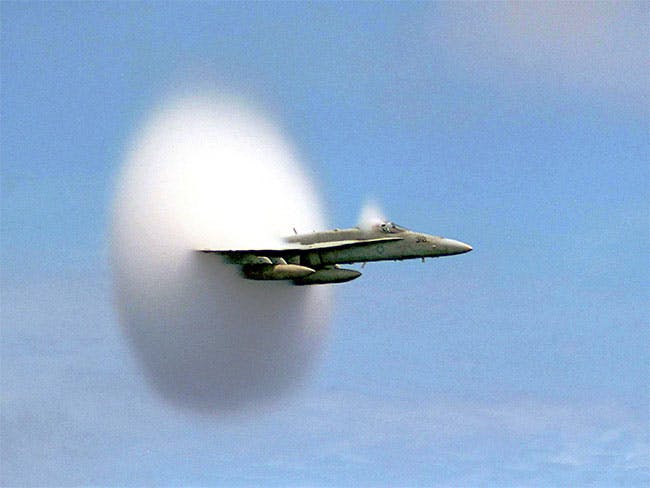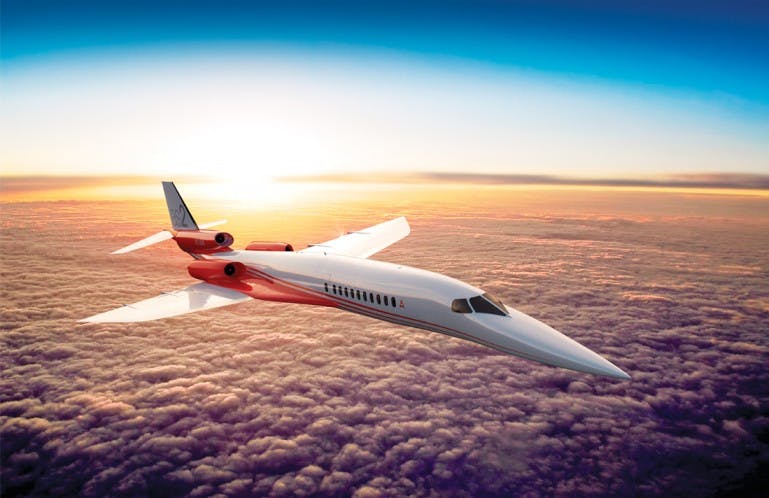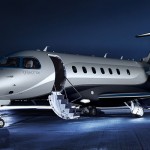What is a sonic boom?
I’ve been asked several times about sonic booms this week, with social media users in the south of England reporting loud bangs last Saturday night. There were also similar reports on the east coast of the US at around the same time.
Weather events, bombs and large-scale explosions were discussed but all denied by official sources. Some think aircraft sonic booms – the ‘thunderclap’ sound made by a supersonic aircraft – may be responsible, although the RAF have denied that any of its supersonic jets were scrambled over the period.

Sonic booms have been held responsible for mysterious loud noises before, with 17 acknowledged by the Ministry of Defence (MoD) in the UK since 2009. The most recent being in October this year, when two Typhoon jets were scrambled to intercept a Latvian cargo plane which caused concern when it lost communication with air traffic controllers over Kent.
This enhanced supersonic speed is used relatively often by the military to provide quick reactions in these types of situations, in combat of course, and in training – although they take care to minimise noise disruption by flying supersonic over land only when absolutely necessary. But no civilian aircraft can currently make a sonic boom.
What causes a sonic boom?
The explosive sound of a sonic boom is produced by an aircraft as it breaks the sound barrier. When an aircraft passes through the air at faster than the speed of sound, it creates waves of pressure both in front of it and behind it – much as you can see waves in the water generated by a boat.
These shockwaves travel and, as the speed of the object increases, they come together forcibly – known as compression – because they cannot get out of the way of each other. Eventually they merge into a single shock wave and what’s known as a Mach cone forms behind the aircraft.
To go back to the comparison with a boat, the sonic boom is the ‘wake’ of these sound waves – and is heard after the aircraft has passed. Much as a large wave rolls into shore after a large boat has passed by.
This only takes place when an aircraft travels at above Mach 1 – with the 1 being relative to the speed of sound (see more What does Mach mean?). These speeds are described as supersonic – or hypersonic if faster than Mach 5.
Concorde of course was able to fly at supersonic speeds (a maximum of Mach 2.4) before its demise in 2003, but only did so over water, to lessen the noise impact of the sonic boom.
When will there be a supersonic private jet?
Currently the only operating supersonic aircraft belong to international military forces, including the EuroFighter Typhoon. But a new generation of supersonic civilian aircraft have been in discussion for many years now, including private jets.
A major development took place earlier this year when aviation giant Airbus joined forces with one of the frontrunners for a supersonic private jet, the Aerion Corporation. They are aiming to launch their Aerion AS2 in 2021. See previous post Airbus Join The Race For First Supersonic Private Jet

With environmental considerations so much a focus of future aviation development, regulation around noise impact is the major issue facing manufacturers. All aircraft will make a sonic boom over Mach 1, with larger supersonic aircraft producing louder booms. But new technologies are emerging to muffle these booms, and this aspect of engineering will be the key to making supersonic private jets a reality within the next 6 to 10 years.
Need to fly faster sooner? The current fastest private jet in the world is the Gulfstream G650, which flies at a cruise speed of Mach 0.9.
Related content



